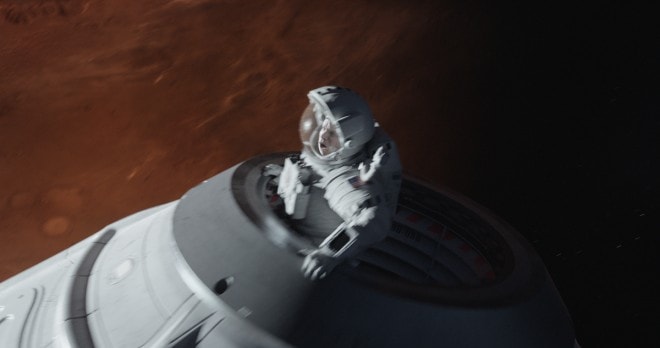


The last Terran ship is preparing to leave the orbit of the Red Planet when it is forced to land at the final checkpoint: the Martians, having just learn that one of their cities have been destroyed, is looking for three saboteurs, and they insist on subjecting the passengers to a lie detector (a voice analyzer, a large metal box). The story takes place before the beginning of a war between Earth and Mars. The last Terran ship is preparing to leave the orbit of the Red Planet when it is forced to land at the final checkpoint: the Martians, having just learn that one of their citįirst published in Planet Stories (1954), “The Crystal Crypt” is classic Dick, presenting you with a narrative that seems yawningly familiar, and then.an unexpected detail is revealed, a detail that changes the meaning of everything you have seen. First published in Planet Stories (1954), “The Crystal Crypt” is classic Dick, presenting you with a narrative that seems yawningly familiar, and then.an unexpected detail is revealed, a detail that changes the meaning of everything you have seen. "That was probably the best day of my life."įollow Mike Wall on Twitter and Google+. "I was very lucky - I was able to go to JPL," Yates said, referring to the space agency's Jet Propulsion Laboratory in Pasadena, California. The collaboration has been exciting for her personally as well. Yates said she's very grateful for the help and support NASA has provided, both during the making of the film and its promotion. "We kept that very much to NASA style, but we made it a lot more streamlined," she said. The film's EVA suit is modeled closely on the one NASA astronauts wear on spacewalks outside the International Space Station, Yates said.

"The Martian" features one other spacesuit in addition to the surface suit - a bulky white extravehicular activity (EVA) suit the astronauts wear in space. "And they approved along the way, as did the art department." "As we went along, we had to submit the designs for their approval," Yates said. So, while NASA didn't come up with the surface suit featured in "The Martian," agency officials did approve the astronaut apparel. And the space agency has been helping to promote the film, as a way to get the word out about its own plans to send astronauts to Mars in the 2030s. NASA officials and researchers served as advisers on "The Martian," which is based on the novel of the same name by Andy Weir. "Keeping people alive is the most technical aspect of our work." "The helmet was only technical to the point that we needed it to function," she said.
THE MARTIAN SPACECONTROL MOVIE
But the movie suit's helmets were nowhere near as sophisticated as the equipment that real astronauts use, Yates said. The helmet was the most technically advanced part of the suit it contained systems that pumped air in for the actors to breathe and also featured lighting and communications gear. Such cooling measures were doubtless appreciated, because the cast often wore their spacesuits for 10 to 12 hours per day during shooting, Yates said. (6.8 to 9.1 kilograms), though the actors wore heavy belts as well, Yates said.ĭamon and the other actors wore "cooling suits" beneath their spacesuits - basically, shirts and pants outfitted with tubes through which cold water can be pumped. The suits weigh a maximum of 15 to 20 lbs. The costume-design team built the surface suit out of neoprene, the same material wetsuits are made of. (Interestingly, the movie's suit superficially resembles the Biosuit, a real space garment being developed by researchers at the Massachusetts Institute of Technology.) The body-hugging, black-white-and-orange suit showcased in the film emerged by process of elimination. Yates worked with concept artists to draw up a variety of basic designs for the suit worn by Watney and his crewmates on the Martian surface, then presented them to Scott for approval.

(She won an Oscar for her work on Scott's 2000 film "Gladiator.")Īesthetics were also an issue Scott didn't find the Z-2 spacesuit visually striking enough, Yates said. "Ridley needed to see his actors in profile he needed to see them moving their heads he needed close-ups on the eyes," said Yates, who has worked with Scott repeatedly over the years.


 0 kommentar(er)
0 kommentar(er)
